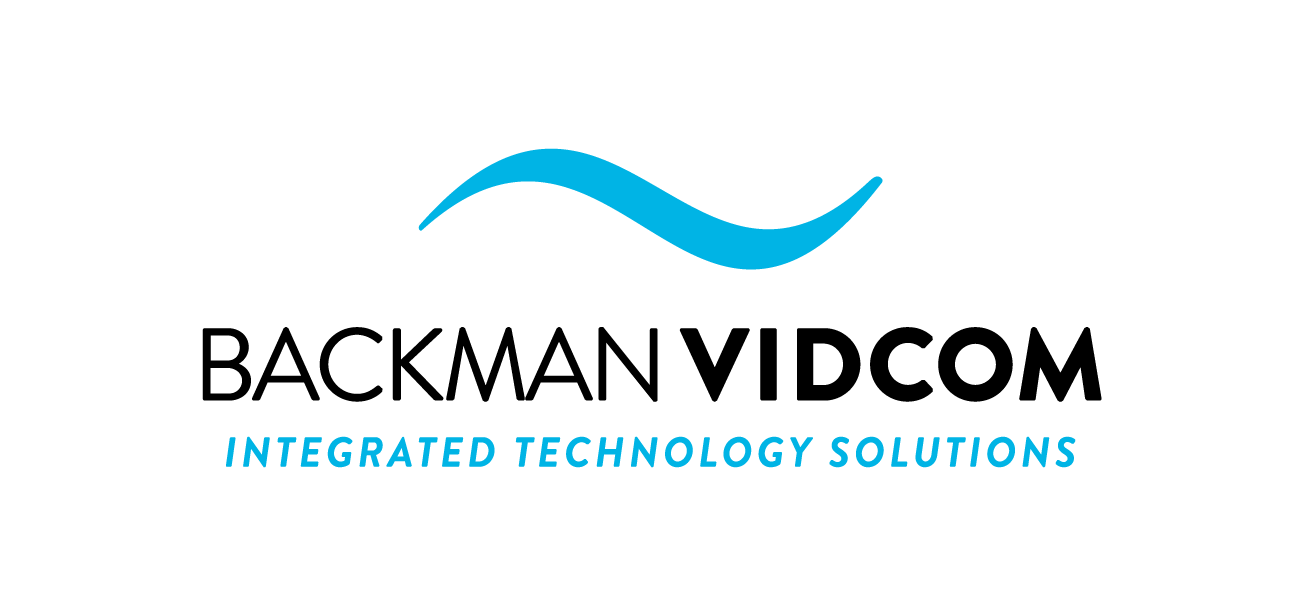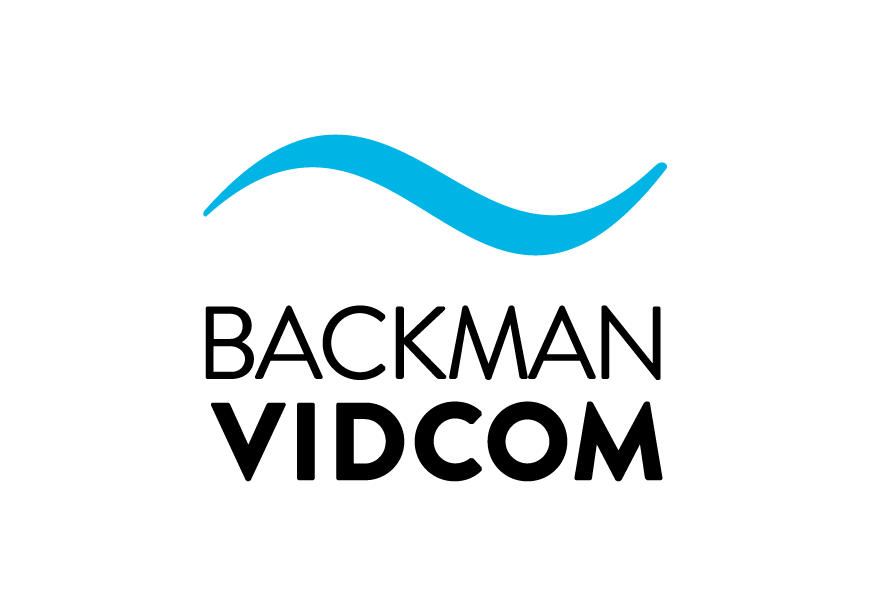The Evolving Workplace: How to Make Meetings More Effective
The past two years have brought significant changes to the way we work. With the rise of hybrid work models, organizational teams are now more dispersed than ever, leading to increased challenges in collaboration and communication. One of the biggest challenges is conducting effective meetings. Despite the flexibility that hybrid work offers, business leaders are struggling to ensure that all employees are engaged and feel included.
What we have learned so far:
One of the most common problems with modern meetings is a lack of participation. According to a recent study by Microsoft, the average Teams user has seen a 153% increase in weekly meetings, leading to increased dissatisfaction and a lack of productivity. Employees are multitasking during meetings, which results in poor participation and adds little value to the outcomes.
Another issue is dwindling attention. Today's employees have a shorter attention span than they did five years ago, making it difficult to keep them engaged during long, marathon meetings with participants across different seniority levels and locations.
Another challenge is scheduling meetings across different time zones. For businesses with a global workforce, this can be particularly tough, with some participants having to wake up extremely early or stay up late to attend.
Technical issues also commonly arise during virtual meetings, from bad connections to poor sound quality, dropped calls to system incompatibility. In the hybrid work model, leaders are struggling to maintain privacy and security given the different devices, locations, and networks employees use to collaborate.
Going forward, we predict many organizations will see a larger percentage of their workforce returning to the office, leading to the challenge of balancing onsite and remote employees. Business leaders will need to inspire people to prioritise in-person time together and ensure that onsite and remote employees sustain a social connection despite only being connected virtually.
Solutions to Making Meetings More Effective:
To make meetings more effective, leaders need to implement meeting solutions that promote collaboration rather than causing dissatisfaction or burnout. This means investing in technologies like advanced AV solutions, dedicated meeting spaces, unified communications, modern whiteboard tools, and analytics. By providing employees with the right tools, leaders can bridge the gap between in-person and remote attendees and ensure that everyone is seen and heard.
Audio-Visual - Investing in an advanced AV solution that combines the latest high-end technology with flawless connectivity and superior quality is a great way to facilitate quick, high-impact discussions between key decision-makers. By avoiding problems of blurred visuals and lagging sound, you can maintain the morale of participants and enable them to contribute effectively to the meeting. Engaging the services of a professional AV integrator can aid in devising a tailored system that effectively addresses the complexities of the diverse elements and technologies involved.
Meeting Spaces - Empowering employees to collaborate from anywhere using platforms like Microsoft Teams Rooms can help bridge the gap between in-person and remote attendees and ensure everyone is seen and heard. Furthermore, these solutions come equipped with scheduling display software to allow users to easily book meeting spaces, see the names of participants, and view meeting calendars for each room. To ensure flexibility for the number of participants, meeting purpose, and circumstances, it is essential to provide a range of meeting spaces of various types and sizes. For example, some employees may require private spaces, while others may need larger areas to brainstorm ideas.
Whiteboards - Encouraging the use of modern whiteboard tools like the Sharp AQUOS BOARD® that double up as a screen for instant meetings can pave the way for richer visualization and collaboration, giving participants the feeling of working together under the same roof.
Unified Communications - Implementing a unified communications platform that integrates diverse communication tools and applications across your business environment into one single solution can enable teams to seamlessly engage in video conferencing, screen sharing, instant messaging and collaboration with peers.
Analytics - Integrating analytics into your meeting solution can allow you to spot bottlenecks and identify opportunities to improve meeting quality and employee engagement. You can also leverage reports to measure all aspects of your meetings, from quality and performance to engagement and participation.
If your business is having trouble with its audiovisual systems, consider working with a commercial audiovisual integrator like Backman Vidcom. They can provide a range of services, including project management, system design, installation, and ongoing support, to help you streamline your audiovisual projects and reduce risks while achieving your desired outcomes. By partnering with an integrator, you'll notice improvements in communication, collaboration, and overall performance.


